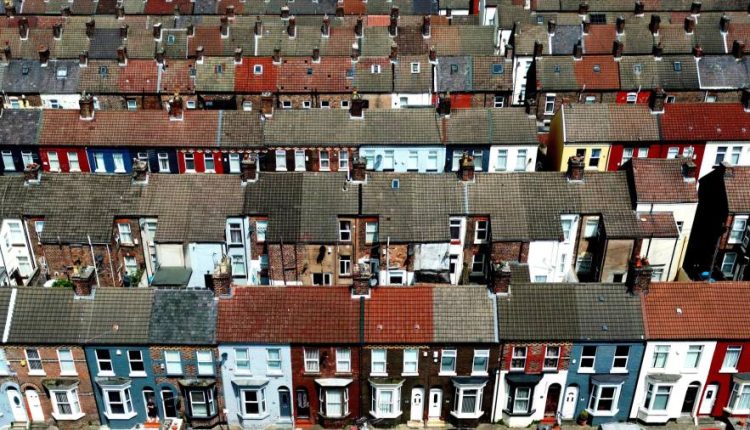Receive free UK mortgage rates updates
We’ll send you a myFT Daily Digest email rounding up the latest UK mortgage rates news every morning.
High street lenders announced further reductions in UK mortgage rates on Tuesday, although the average prices remain above the levels they reached in the immediate aftermath of last year’s disastrous “mini” Budget.
The latest cuts come in the wake of comments by Bank of England governor Andrew Bailey last week that the UK could avoid further rate rises.
“There’s been a bit of a shift in markets over the last week or so,” said Aneisha Beveridge, head of research at estate agency Hamptons. “Since Andrew Bailey came out with his comments, swap rates [which banks use to price mortgages] are down a little bit.”
Nationwide, the UK’s second-largest mortgage lender, will reduce costs by as much as 0.29 percentage points while Santander, the fourth-biggest provider, will trim costs by as much as 0.14 points. Smaller lenders such as Hinckley & Rugby Building Society, Skipton Building Society and MPowered Mortgages have already pushed through cuts.
Last week, Bailey told MPs that interest rates, which are at 5.25 per cent after 14 consecutive rises, were “much nearer” to the top of the cycle.
The BoE is expected to increase base rates by another quarter point next week but investors are split on whether there will be one further rate rise before the end of the year.
Beveridge said the recent cuts to mortgage rates were in part owing to the markets anticipating that base rates would gradually start to fall from next year. “Lenders take the swap rates all the way through to [the end of their term], so they’re already pre-empting those base rate cuts for next year,” she said. “You might be starting to see mortgage rates fall a bit more now and less next year if [base] rates stay higher for longer.”
The average price of a two-year fixed mortgage on Tuesday was 6.66 per cent, according to Moneyfacts. They reached 6.85 per cent at the start of August, the highest level since 2008, but have fallen on the back of better than expected inflation data.
But average borrowing rates are still above the levels reached last October when unfunded tax cuts in then-prime minister Liz Truss’s “mini” Budget triggered intense market volatility and sent the cost of home loans soaring.
“Affordability is shaping the lending that is going ahead. Higher mortgage rates have made it more difficult than ever for buyers on a single income to afford a home,” said Andrew Wishart, senior property economist at Capital Economics.
BoE quarterly data released on Tuesday showed that UK residential mortgages in arrears leapt up to a seven-year high by value in the three months to June.
Read the full article here

